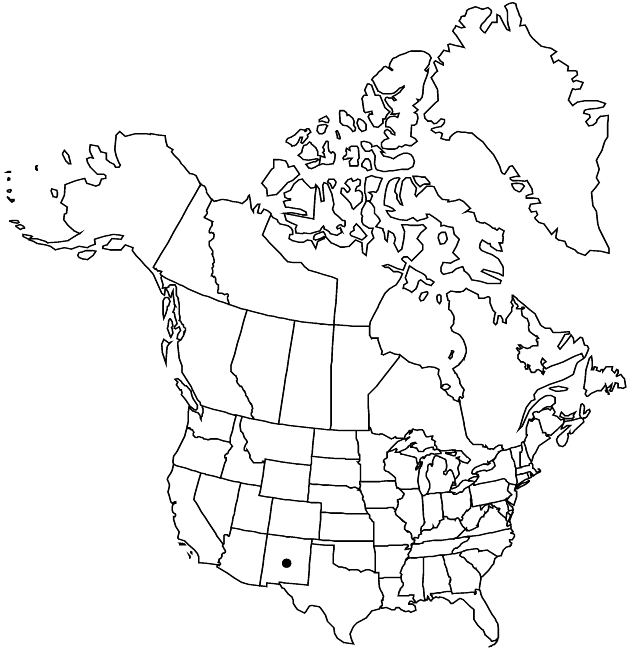Packera sanguisorboides
Phytologia 49: 48. 1981.
Perennials or biennials, 30–50+ cm; ± fibrous-rooted (bases creeping, ascending to erect). Stems 1 or 2–3, clustered, glabrous or leaf axils tomentose. Basal leaves (and proximal cauline) petiolate; blades broadly oblanceolate (pinnately lobed, lateral lobes 2–3+ pairs, their bases petioluliform, terminal lobes larger than laterals, ovate to reniform, midribs not winged), 60–120+ × 20–60 mm, bases contracted, ultimate margins crenate to crenate-dentate. Cauline leaves gradually reduced (petiolate or sessile; lyrate to sublyrate, midribs winged, terminal lobes weakly distinct, shallowly dentate). Heads 3–8+ in subumbelliform or compound, cymiform arrays (of 2–4+ cymiform clusters of 2–5+ heads each). Peduncles inconspicuously bracteate, glabrous or tomentose proximally. Calyculi inconspicuous. Phyllaries 13, bright green (tips light green to yellow), 4–7 mm, glabrous. Ray florets 8; corolla laminae 6–12 mm. Disc florets 35–50+; corolla tubes 2.5–3.5 mm, limbs 2–3 mm. Cypselae 1.5–2 mm, glabrous; pappi 4.5–5.5 mm. 2n = 46.
Phenology: Flowering late Jul–mid Sep.
Habitat: Damp, open meadows, spruce-aspen forests
Elevation: 2700–3700 m
Discussion
Packera sanguisorboides is known from the San Juan and Sangre de Cristo mountains of northern New Mexico, the Magdalena Mountains of western New Mexico, and the Sacramento Mountains of southern Lincoln and Otero counties. It may have affinities with P. coahuilensis Greenman.
Selected References
None.
